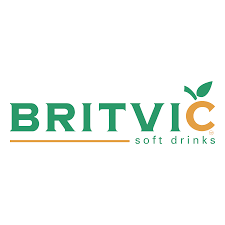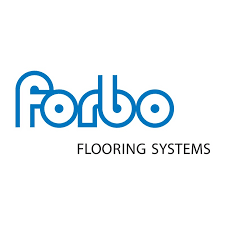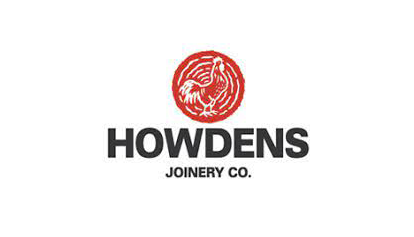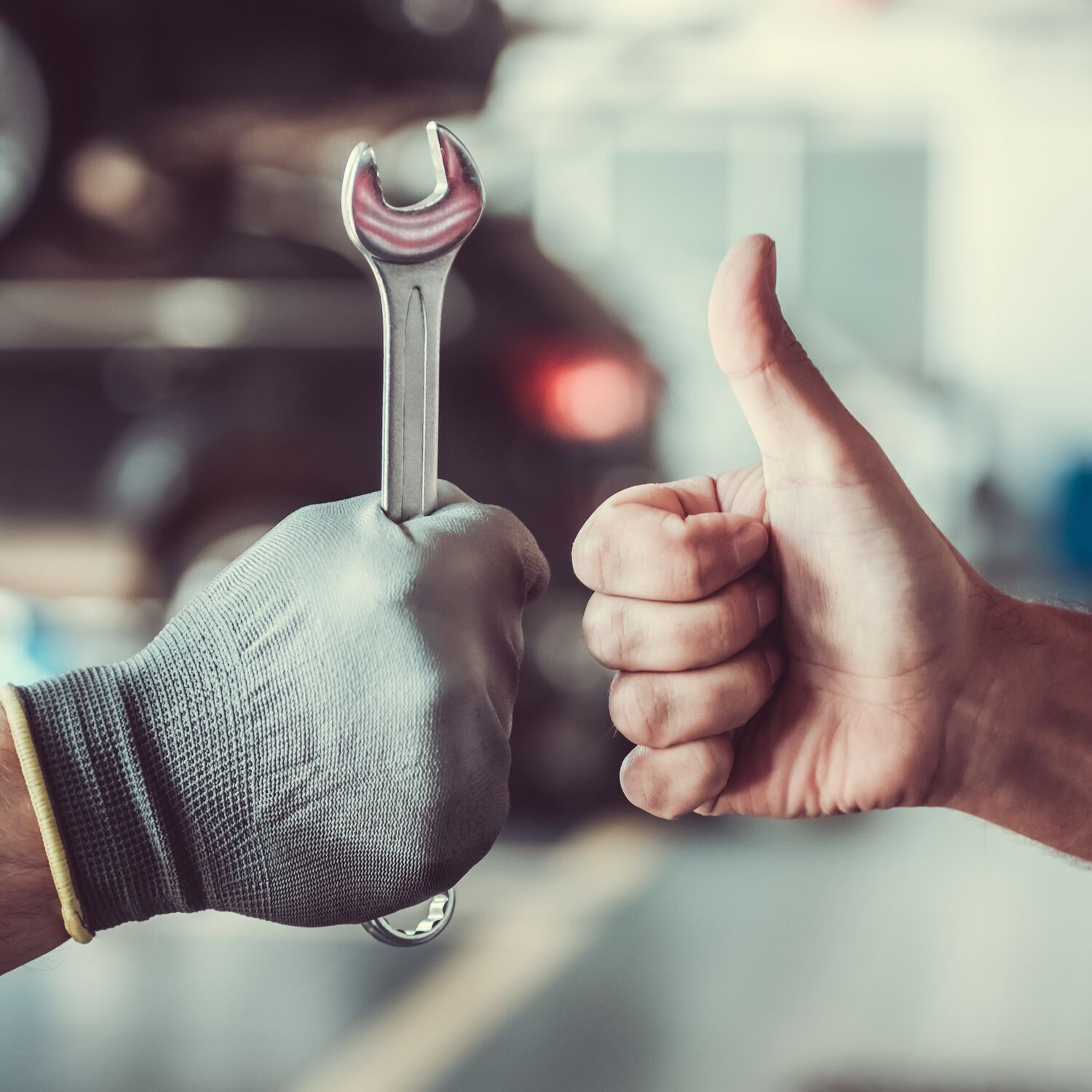
- Details
- Category: Blog
TPM works best when it is used to increase shop floor problem ownership, develop skills and enhance cross functional collaboration.
That delivers the systematic removal of waste and hidden losses by those involved in creating customer value.
The TPM journey begins with actions to deal with 2 areas which research shows contribute to 85% of the causes of breakdowns. These are...
- Deterioration of equipment condition
- Human error
The research mentioned above also identified that dealing with these issues stabilises and extends the life of around 80% of components. That also makes their remaining lifespan more predictable which means that servicing of these components can be planned to take place before a failure occurs.
Although often TPM is seen as simply operator maintenance, its ability to reduce human error has an impact on all work routines. That is why TPM is more accurately referred to as Total Productive Manufacturing rather than the traditional Total Productive Maintenance.
Factors that contribute to human error risk are:
- Unclear instruction,
- Complex working methods
- Lack of training.
Developing work routines that are easy to do right, difficult to do wrong and simple to learn not only reduces the likelihood of failure but also provide a vehicle to improve process precision, reduce defects, reduce energy waste and improve material yield.
In addition to increased capacity and process quality, the gains include the release of time and enhancements to 6 front line processes. These are:
- A clear Focussed Improvement glide paths to zero breakdowns and beyond.
- The systematic removal of waste and hidden losses.
- Cross functional team engagement with delivering year on year improvement.
- Skill development and task transfer to release specialist and management time for higher added value tasks
- Standardisation of work routines to assure consistency of working methods across shifts and work groups
- HIgh performance team development
At the heart of the journey is the Asset Improvement Plan (AIP). A template of improvement tools and cross functional teamwork processes to stabilise equipment effectiveness and break out of reactive management practices.
The content of the Asset Improvement Plan is developed from our work with well known and award winning organisations.
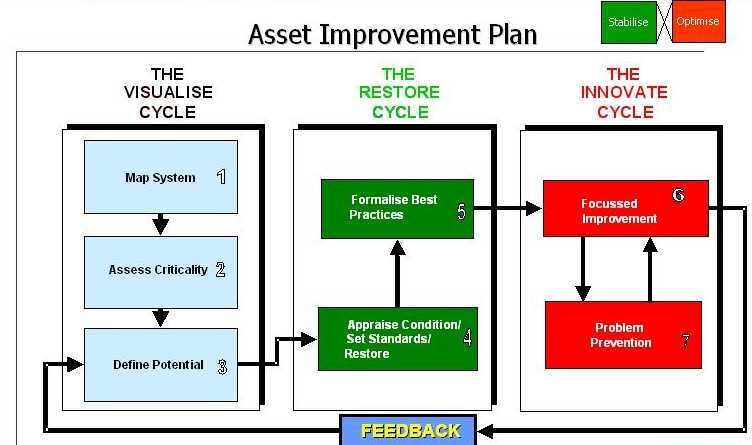
THE VISUALISE CYCLE
The steps within this cycle raises team understanding of the asset or system under review, how it should work and what its potential is. This cycle provides foundation knowledge to support the development of condition and best practice standards. It also raises understanding of cause/effect mechanisms to supports the development of lasting solutions to equipment problems.
THE RESTORE CYCLE
The steps within this cycle guides the team through a systematic assessment of asset condition standards and practices for operating and maintaining the asset. This includes the use of Single Point Lessons to standardise the application of best practice.
THE INNOVATE CYCLE
The steps within this cycle supports the application of appropriate Focussed Improvement and Problem Prevention tools to ratchet up Effectiveness.
Included in this cycle are tools to encourage innovation, improve process capability and apply visual management to make tasks easy to do right, difficult to do wrong and simple to learn.
Applying TPM to your workplace
Our 3 day "TPM Best Practice Implementation" hands on workshop involves the application of TPM principles and techniques to your assets using the Asset Improvement Plan. Find our more here or contact us for further details.


